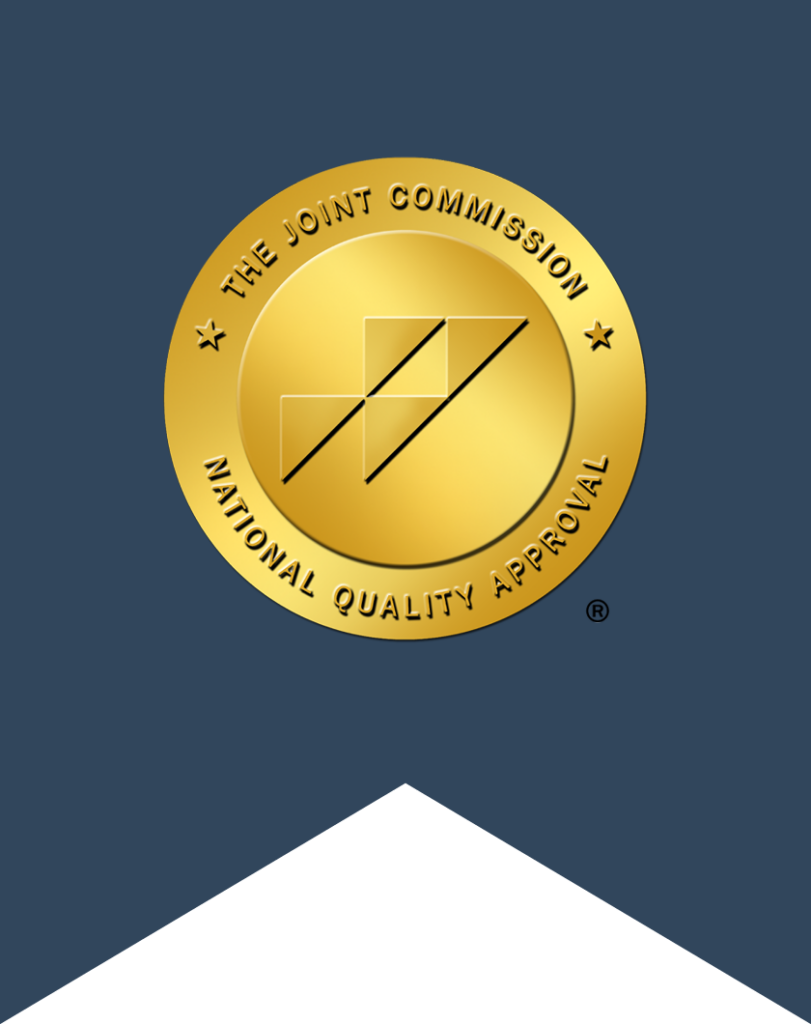Alcoholism rehab programs come in many shapes and sizes. There are several different treatment techniques and specializations that an alcoholism rehab program may offer.
Each person is different when it comes to addiction and so it’s important to be well educated in order to choose the right alcoholism rehab program to meet your needs.
How is Alcoholism Defined?
Alcoholism is also known as alcohol dependence. One is considered an alcoholic when signs of a physical addiction are present, along with other negative impacts on one’s daily life. Signs of physical addiction include withdrawal symptoms when one hasn’t had a drink for a period of time, and increased tolerance.
Alcoholism can also result in problems with family and friends, work, and health problems.
Approximately 10 percent of women and 20 percent of men suffer from alcoholism or alcohol abuse. Alcoholism is a progressive disease, meaning it gets worse over time, making it important to seek the care of an alcoholism rehab center as soon as it is possible after the problem is identified.
What To Look For In An Alcoholism Rehab
Because there are so many alcoholism rehab programs out there, it may seem very difficult to find the right one. When selecting a treatment program, it is important to find a program that meets your specific needs. For example, if you also suffer from depression or anxiety, you need to find a dual diagnosis program that specializes in treating alcoholism and mental health issues.
One of the most important things a woman should look for is a gender-specific program. Studies have shown that women do considerably better in gender-specific alcoholism rehab programs and have higher success rates of recovery when finishing them.
Women feel safer and are able to be more open in group therapy sessions in an alcoholism program that only treats women. They are able to fully concentrate on recovery, and report fewer distractions and a higher level of comfort than they do in co-ed programs.
Alcoholism is a complicated problem with many facets. It affects people physically and psychologically and it affects each person in a slightly different way. It’s important that an alcoholism rehab program be able to effectively treat all the sides of the problem.
A supportive counseling staff as well as a competent medical staff can help make this happen. Additionally, a program, which offers individualized care can make a big difference. Being able to adjust the program to help each person with their specific goals and issues can make an alcoholism rehab program more effective for more people.
With the right alcoholism rehab program it is possible to learn to enjoy a life of sobriety. Alcoholism is obviously a difficult problem that many people suffer from, but the good news is that an effective solution exists.
Destination Hope’s Alcoholism Rehab for Women
Destination Hope has alcoholism rehab programs that are geared towards women and offer individualization and expertise in the treatment of the many types of issues that come with alcoholism. We provide dual diagnosis programs and also offer program specialty tracks for women who suffer from abuse, trauma, or eating disorders.
Our treatment program will help you get your life back by addressing your alcoholism, depression, anxiety, poor coping skills with life’s stressors, and the strain alcoholism has put on your relationships. If you or someone you love is suffering from alcoholism, please call our counselors today.
